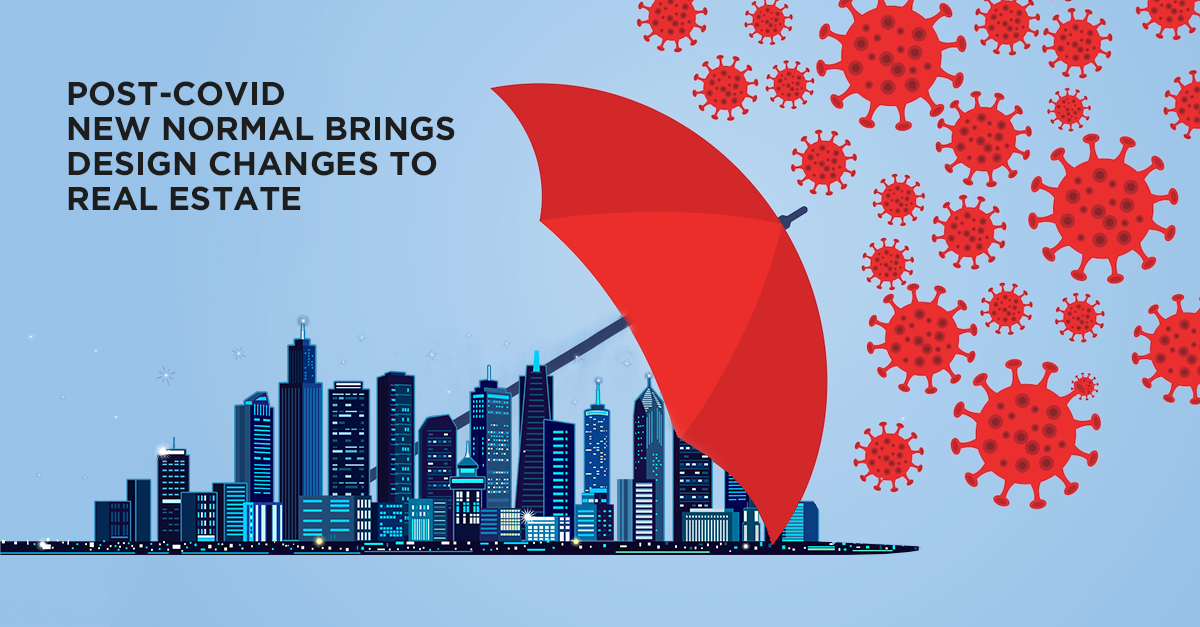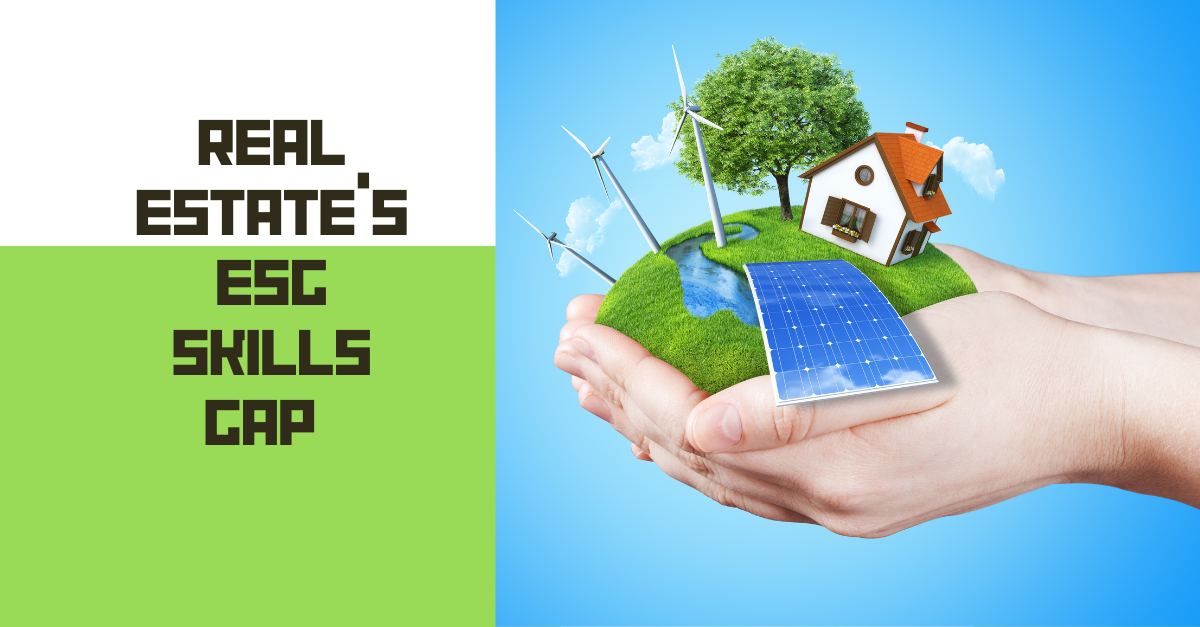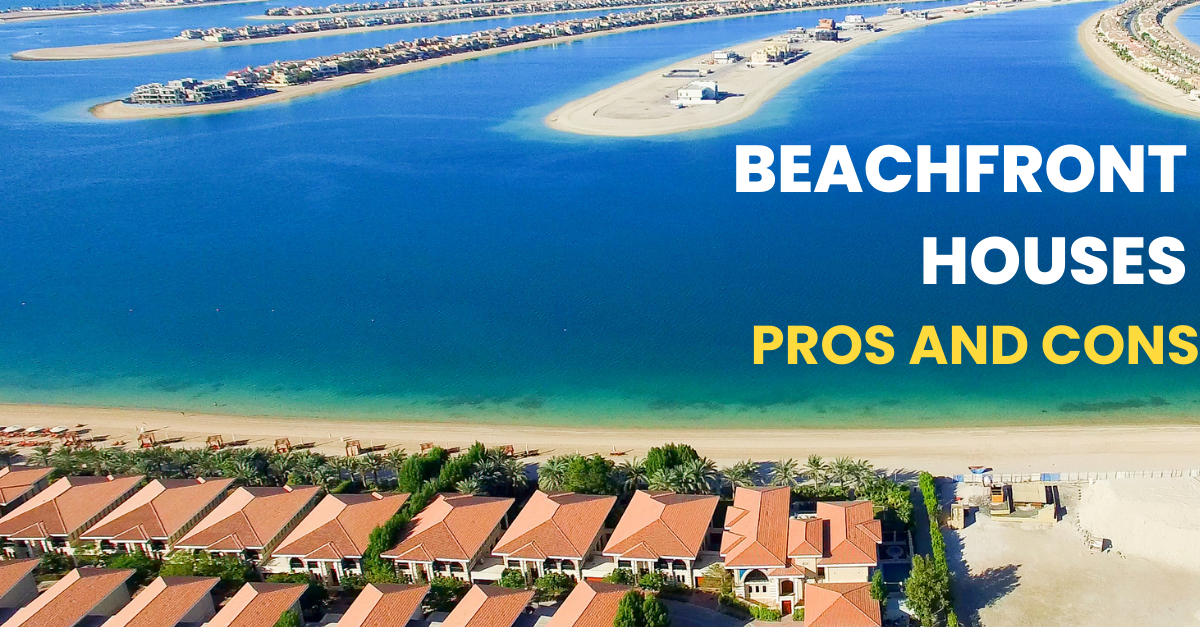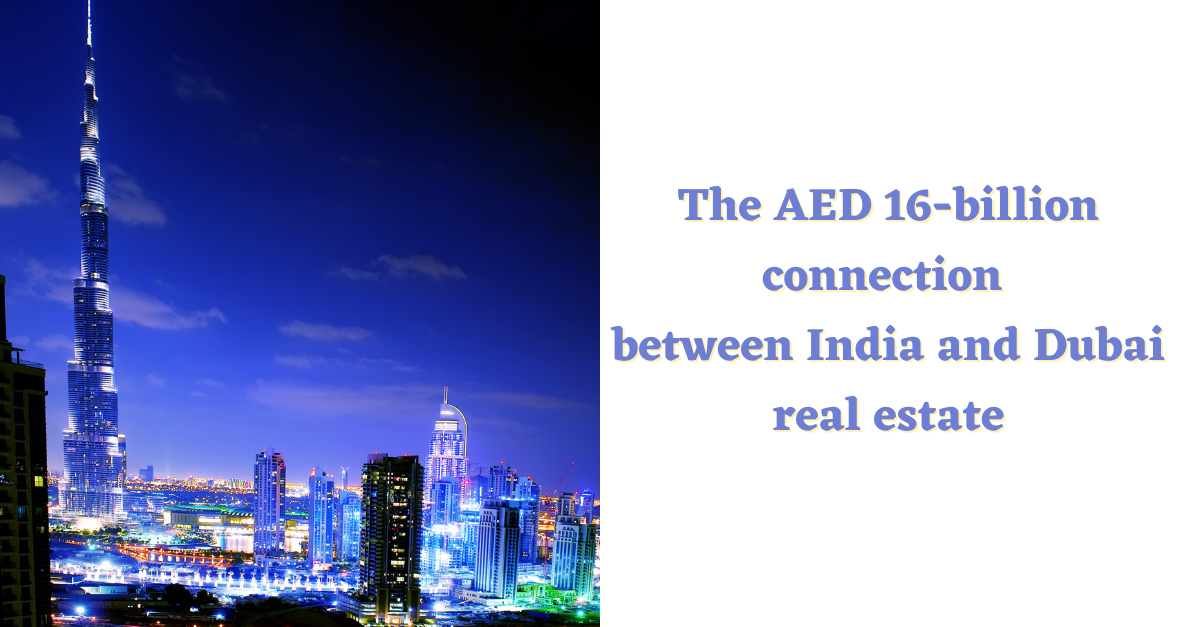Post-COVID new normal brings design changes to real estate
Historically speaking, this isn’t the first time that a pandemic has severely disrupted the lives of humans across large geographical regions. It is worth realizing that a many of the modern amenities we take for granted came about in response to pandemics. This is particularly apparent when we look into the changes in built environments, over the last few centuries. The Bubonic Plague in the mid-1300s led to abandoning of cities(1), until they were made less susceptible to the spread of infection. Outbreaks of Cholera and Small-pox gave new impetus to building city-wide sewer systems(2) and brought about revolutionary changes in indoor plumbing.
Today, with the spread of COVID-19, there is a huge shift that is taking place in the way we inhabit buildings and use shared spaces. A significant section of the population retreated to the relative safety of working out of home-offices and self-quarantining, when the crisis first began. Building owners, managers, architects and designers were confronted by the inadequacies of our built infrastructure. And the world was suddenly forced to accelerate changes which, until recently, had been proposals being considered for an as yet indeterminate future date.
Designing pandemic-proof buildings
What will buildings look like in six months, a year, or 10 years from now? There are a number of possibilities, all of which are dependent on an increased understanding of COVID-19 and the health hazards associated with it. Built environments will have to evolve and adjust, to accommodate the necessities of supporting public health measures and reducing the risk of infections.
Social distancing has become a necessary practice, but with economies beginning to stir back to life worldwide, and there will have to be more safety protocols and measures implemented in buildings, if these initiatives are to succeed. While telecommuting will continue to be an option, it is not a practical solution for everyone. Existing office spaces will need improvements that address the concerns of social distancing, sanitation, indoor air-control etc., as well. A holistic response will need to include many aspects, including:
- Changes in floor plans to maximize space: Although this applies majorly to commercial office buildings, the need for larger living spaces will inherently increase going forward. Given that we have been spending a substantial amount of time indoors, even relatively spacious interiors can psychologically make us feel cramped and congested. We could see offices encouraging reduced seating and implementing social distancing, by increasing space between workstations.
- Improved HVAC systems: Building owners will need to implement preventive maintenance and disinfection of HVAC filters, grilles, diffusers and indoor unit coils. There will be a significant increase in the demand for automation for temperature control systems and air-quality monitoring.
- Restricted working environment: Returning to offices will mean complying with the necessary precautionary health measures. Office buildings could end up creating a very controlled environment for the inhabitants with additions like “sneeze guards”, partitions and protective shields.
- More automation: Automation in buildings will help mitigate contagion to a large extent and the use of touch-less technology, automatic doors and hands-free light switches will become increasingly relevant.
- Changes in building design: The obvious discomforts of quarantined-living will drive the creation of living spaces that are better suited to these changed circumstances from a design perspective, with more innovative use of space.
- Flexible use of spaces: Homes will transform into a more flexible, multi-functional environments, while offices will be revamped to facilitate the returning workforce. Homes that have better functionality as workspaces will also become extremely popular.
- Design that blends the exterior with the interiors: Spending more time indoors has instilled in us a need for access to more outdoor space. Big windows, natural lighting, balconies and open terraces will be some of the major highlights of a design change in times to come.
- More eco-friendly: The photos of smog-free skies from all over the world today is just one small reference to the devastating impact our lifestyle has had on the environment. The various theories about how the virus originated are all pointing to malpractices and a reckless attitude towards the environment. In a post-COVID-19 world, communities are going to be keen on creating spaces that are sustainable and create minimal adverse impact on the planet.
Conclusion
There’s no denying the fact that COVID-19 will be the catalyst for major changes in the built environment. The pandemic has already had devastating effects on healthcare systems and the economy as a whole. On a positive note, staying indoors for months, with minimal social interaction, has inspired large sections of the population to make changes in how they live and use the built environment.
Although the term ‘new normal’ has often been used in the context of behavioural changes, a new perspective on how we organize society, and go about our business, is also coming to the fore. The post-COVID reality is ushering in a new set of priorities, and real estate will play a central role in addressing these changes.




